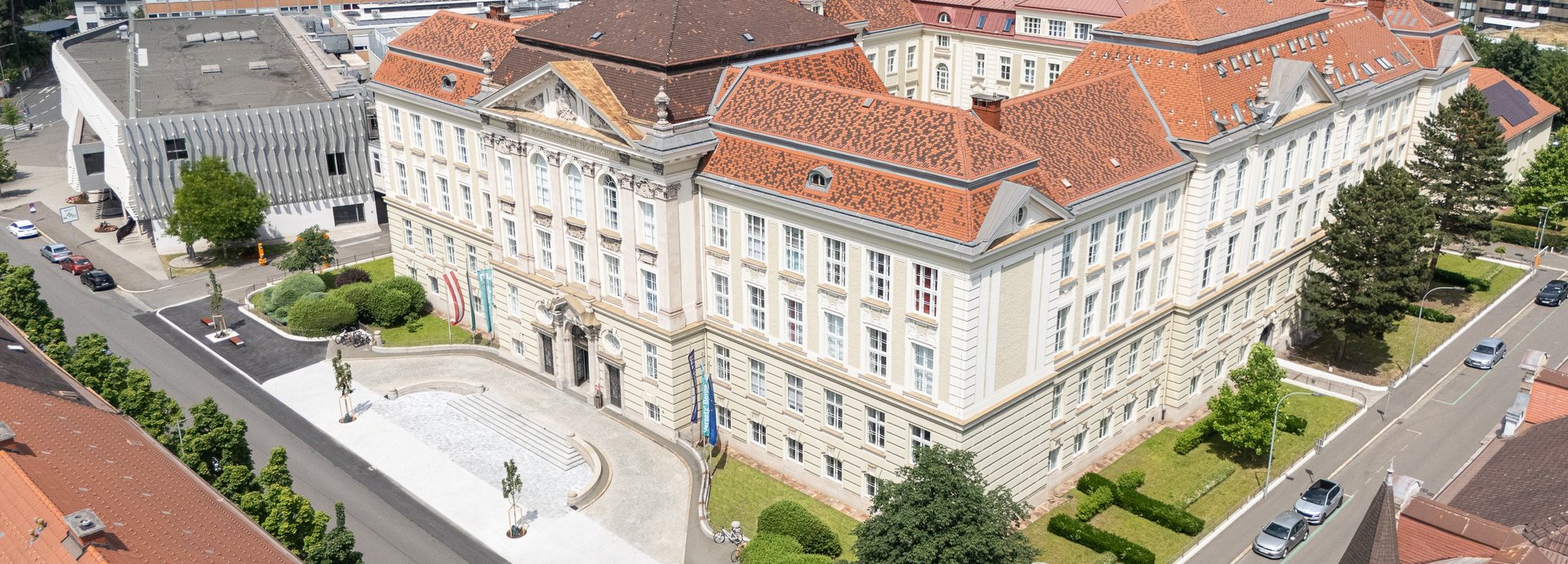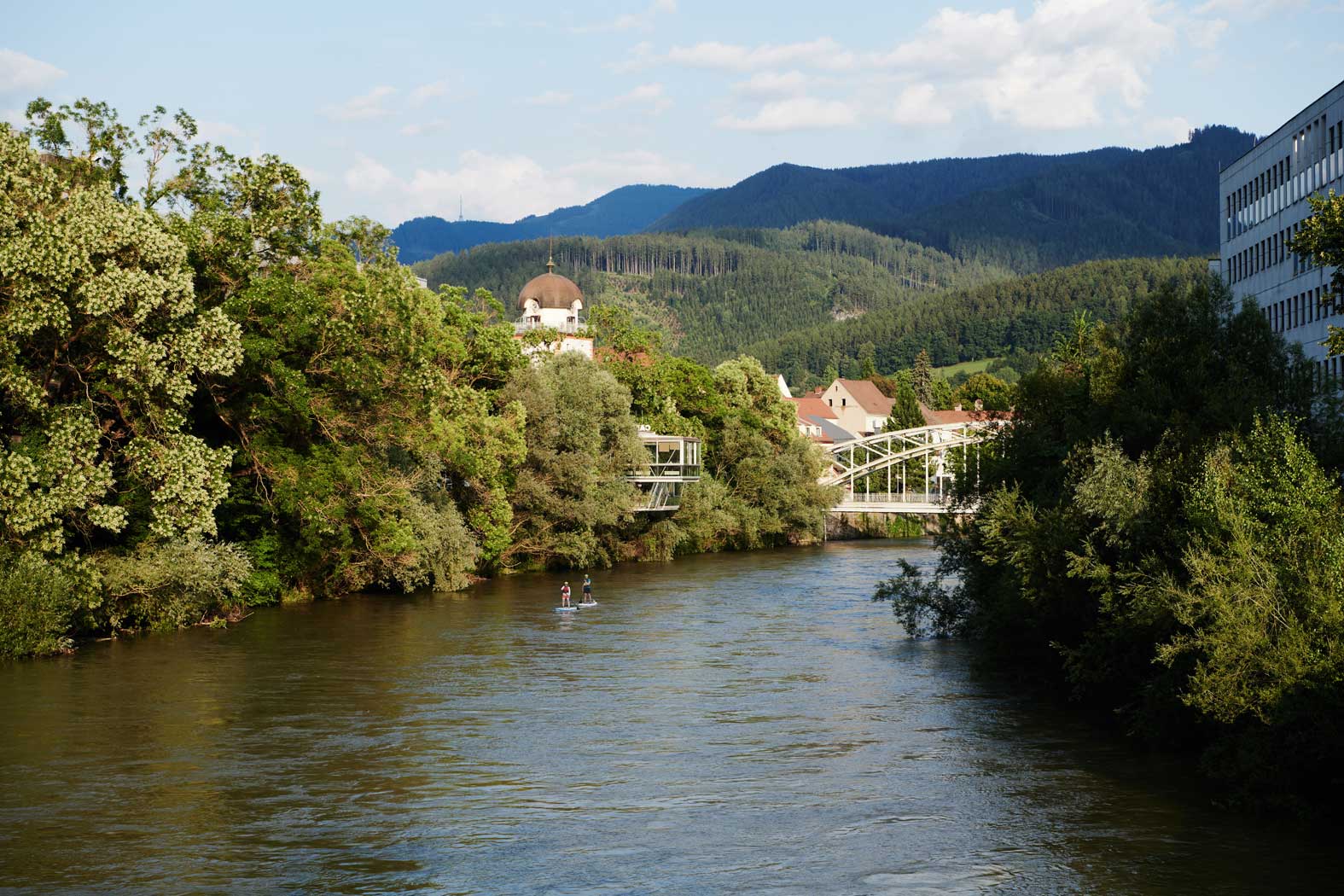The international joint project MURmap - Holistic geochemical tracking of inorganic pollutants in the Mur/Mura River Catchment was accepted for funding by the Slovenian Science Fund ARRS and the Austrian Science Fund FWF in its decision board meeting in late November 2021.
The transdisciplinary project combines analytical environmental chemistry (Montanuniversität Leoben, Chair of General and Analytical Chemistry (PI: Johanna Irrgeher) and Chair of Waste Processing Technology and Waste Management (Daniel Vollprecht)), analytical chemistry and elemental analysis (National Institute of Chemistry, Slovenia) and geology (Geological Survey of Slovenia, PI: Gorazd Žibret). The CEUS programme supports bilateral research projects with closely integrated content. The project team is very much looking forward to start the project and explore the Austrian and Slovenian catchment of the MUR River.
ABSTRACT:
MURmap - Holistic geochemical tracking of inorganic pollutants in the Mur/Mura River Catchment
During the past decades, a number of studies concerning contamination and pollution of waters and stream sediments with various inorganic elements and compounds have been carried out. River systems provide a mean of transportation and sink for pollutants to the environment, while alluvial sediments can carry a record of historical contamination.
The aim of the project MURmap is to assess recent and historic anthropogenic influences on the elemental (in particular heavy metals, rare-earth elements and technology-critical elements) and isotopic composition (in particular of boron, strontium and lead) of sediments and water of the upper Mur/Mura River in Austria and Slovenia.
The project will shed light to the processes between geosphere and anthroposphere interactions in the fragile system of Mur/Mura River. The potential of combined element fingerprinting, and isotope tracer approaches to elucidate natural and anthropogenic processes in a complex river system will be demonstrated. New scientific knowledge to environmental geochemistry of conventional and modern inorganic pollutants will be obtained. Data acquired from this project will also serve as an expert knowledge baseline for potential improvement of regulatory framework for river waters and sediments, with an emphasis to emerging pollutants and technology-critical elements.
Within the three-year project, the project team will collect water and sediment samples as well as suspended particulate matter at ca. 40 sampling sites along the Mur/Mura River and in selected tributaries of interest, depending on the distribution of urban areas. The catchment area of the upper course of the river has been known for mining throughout the history, particularly of iron ore, but also chromium, copper and mercury, and the related mineral processing and manufacturing. Extensive manufacturing, industry (e.g., steelworks, paper mills, glass factories) and agriculture has developed in the Styrian basin. Urbanisation resulted in increased sewer overflows despite the construction of wastewater treatment plants. In the middle course the river is regulated, embanked and dammed at several localities for electric power production. On the territory of Slovenia smaller but regionally important urban centres have been developed, and the area is known for decades-long extensive agriculture, stock-farming, manufacturing, exploration and exploitation of oil and natural gas, and hydrocarbon refinement.

